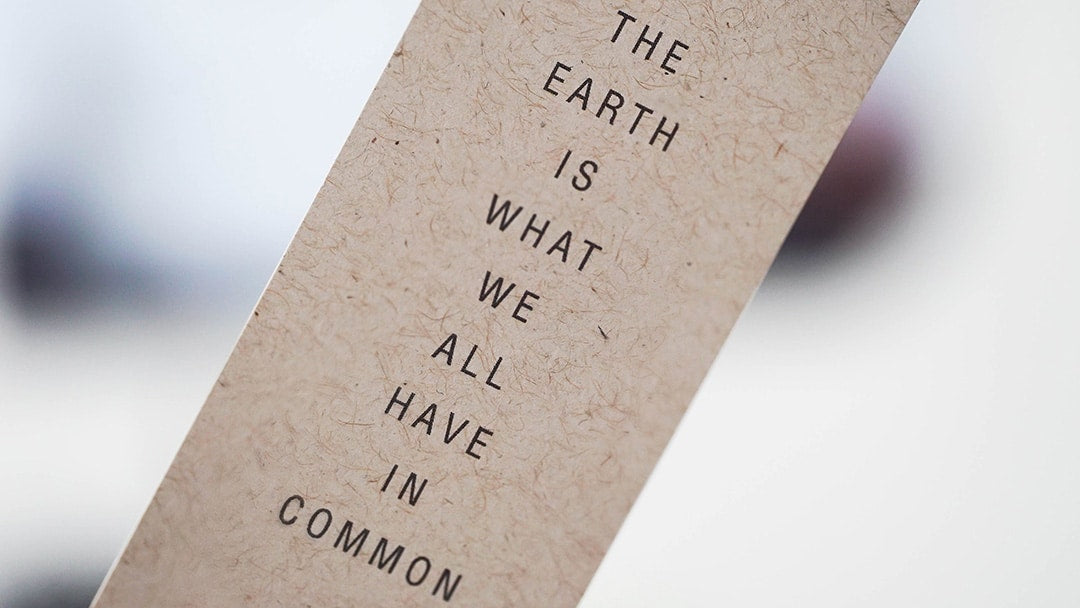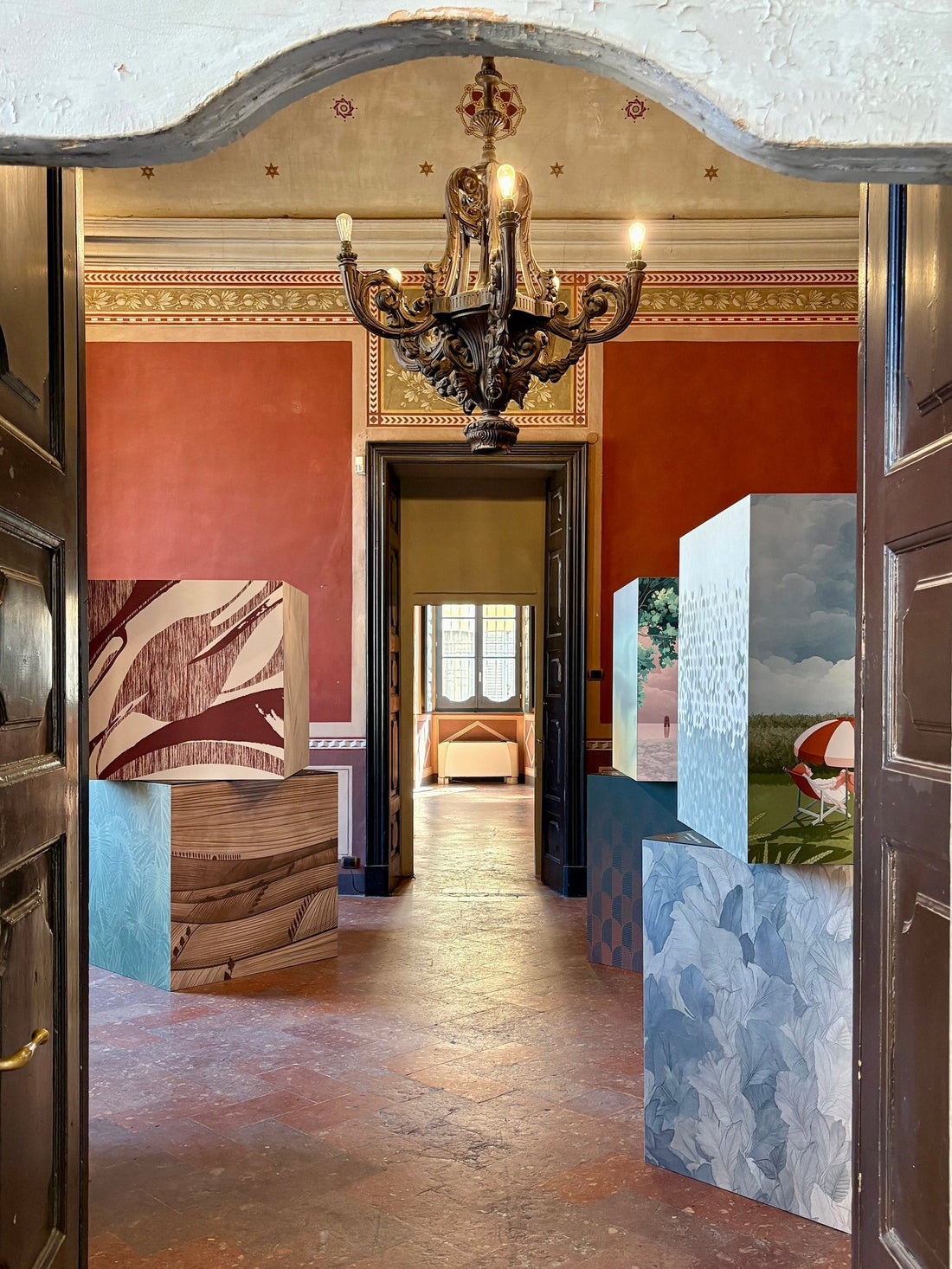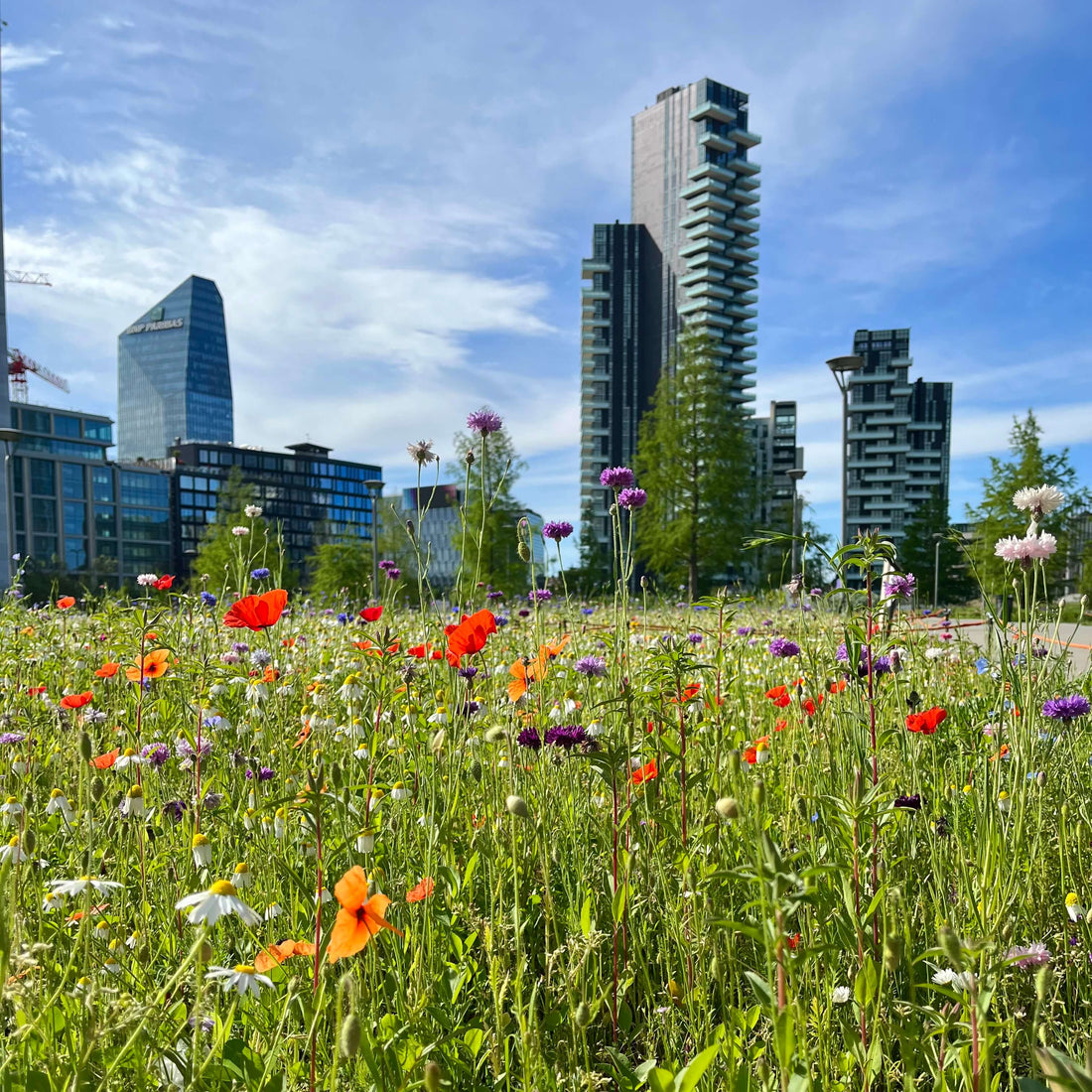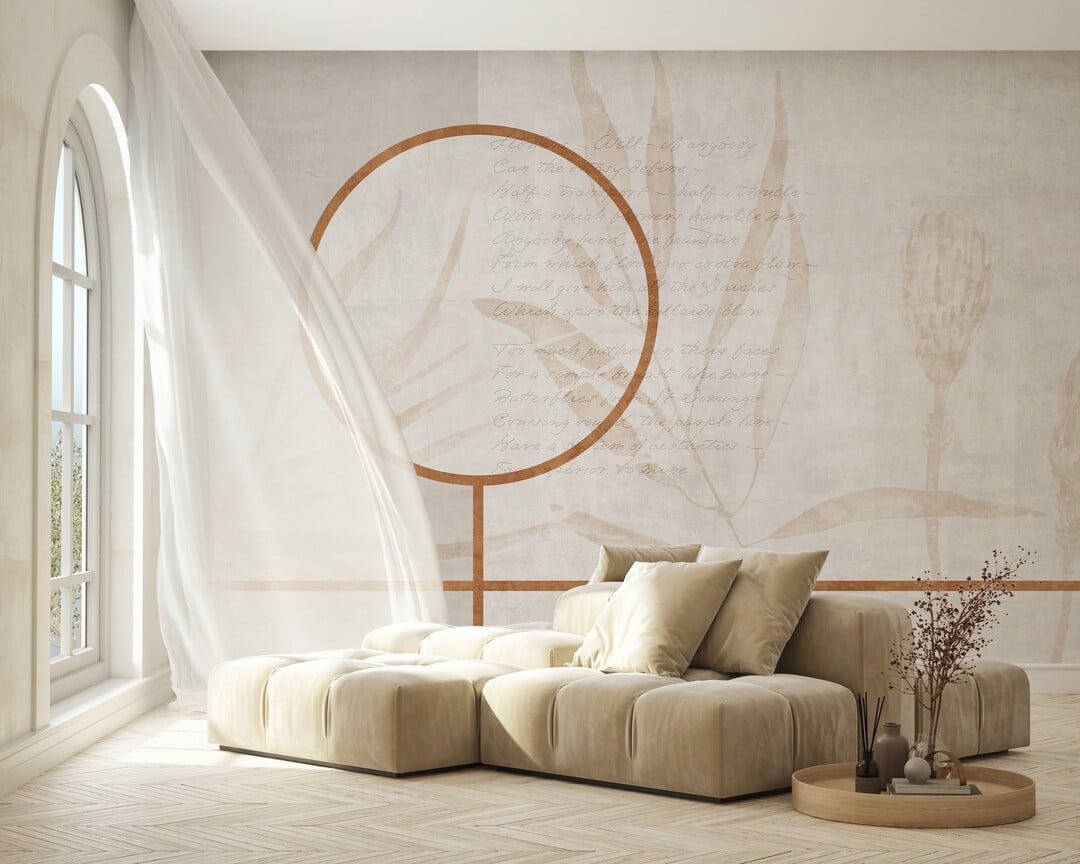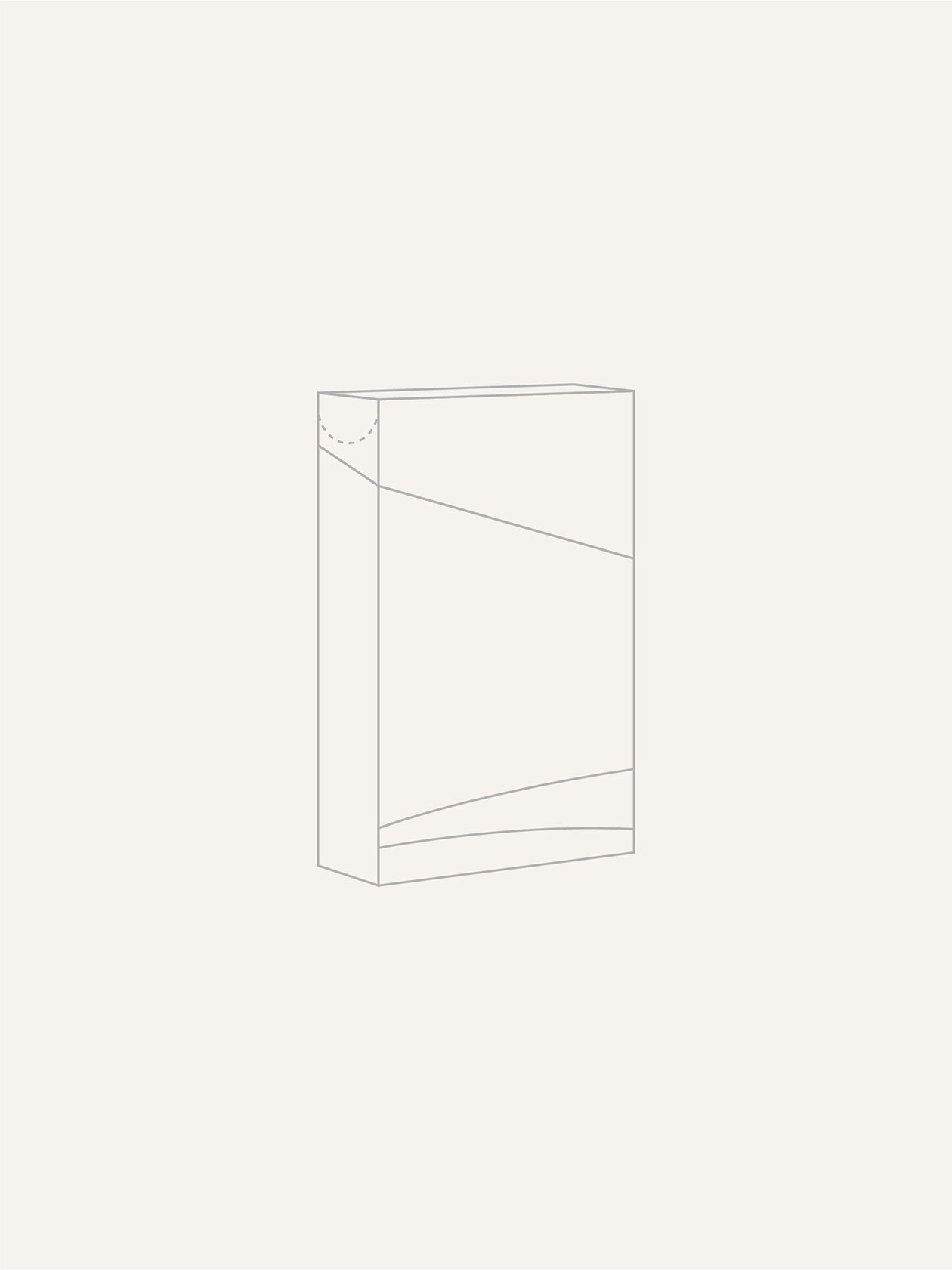
Sustainability is a trend that, for some years now, crosses the world of design, furniture and more generally design . On the one hand, companies are called upon to develop new products and processes to promote sustainability in production and, consequently, induce consumers to make reasoned choices from an ecological point of view; on the other hand, it is the latter who are increasingly sensitive to the issue. Between these two actors are placed professionals such as architects and designers , essential for understanding market trends and addressing both producers and consumers. But what does sustainability mean in a design project ?
What it means to apply sustainability to a project
Sustainable design aims to reduce negative impacts on the environment, on comfort and therefore on the well-being of those who live in the spaces, be they homes, offices or shops. The basic objectives of sustainability applied to design are to increasingly exclude the use of non-renewable resources from projects, minimize waste and create healthy and productive environments. The design of sustainability (codified in numerous studies such as DfS, Design for Sustainability ) is an approach that aims to design an environment as a space of well-being specially designed for the people who live there, focusing on the use of customised interior products and solutions respectful of the environment .
In fact, environmental sustainability also concerns the industrial aspects linked to production: from the need to favor ecological materials, which can be used for a long period without degrading or losing their efficiency characteristics, to considering a design object that is sustainable only if it is also sustainable the supply chain in which it is included. Furthermore, it is not enough for a product to be ecological: the aspiration is to ensure that it is accessible to the majority of the population and does not become a luxury item reserved for the few.
The ideal materials for a project dedicated to sustainability
Wood, bamboo, cork, jute: there are now many architects who use sustainable materials for innovative projects in the name of environmental awareness. Among the most effective examples is the use of wood in green building, recently pushed to new frontiers by architects such as Piet Hien and Chris Precht who have elected it the ideal element for skyscrapers and futuristic architecture. Or, again, the Vietnamese Vo Trong Nghia who uses bamboo in many projects , calling it green steel or the material to bet on in the coming years. Up to “extreme” enterprises, such as the earth and mud architecture of Auroville Design Consultants or the waste materials used by Michael Reynolds .


The use of eco-friendly and ecological materials to make furniture, coatings, tailor-made wallpapers is at the center of the debate on sustainability design also with regard to interior design. In particular, it is easy to ask: what makes a material sustainable? One of the main aspects is that it is naturally biodegradable, easy to reuse and recyclable . Recycling, however, as we know, is the last step when it comes to the life cycle of a material: a more important aspect to consider today is that it lasts over time. This is why another characteristic that materials must have in order to be considered sustainable is longevity : creating products that are aesthetically timeless, highly durable, able to maintain their value over time, means that these do not have to be easily replaced and, even where you decide to change them, their resistance makes them suitable to be resold, exchanged or given away.
Biophilia and sustainability
Literally, the term biophilia translates from Greek as “love of life / living beings”: it was first used by the US psychoanalyst Erich Fromm in The Anatomy of Human Destructiveness (1973), who described biophilia as ” the passionate love of life and of all that is alive. ” Later this word was used by the American biologist Edward O. Wilson in his work Biophilia (1984), as the tendency of human beings to concentrate and become affiliated with nature and other life forms. What, then, is biophilia? Intended as biophilic design, it aims to create buildings and pleasant environments for the people who live there , merging the human and nature into one.
No wonder we often hear about biophilia in connection with the idea of sustainability in architecture and interior design : biophilic design focuses on those aspects of the natural world that contribute to human health. Since interior design embraces different aspects of human life, biophilia applies in choosing ecological and natural building materials, favoring natural colours and bright or nature-inspired decorations , arranging furniture and furnishings according to an orientation that follows the rhythm of the human living, enhancing natural lighting and working on thermoacoustic well-being. Especially in the post-pandemic , the importance of a biophilic approach in architecture and design has emerged: the new buildings that arise in our cities, from residential properties to the offices of large companies, now usually include natural elements and plants, light and are designed to promote the well-being of the person.
A space in which to promote sustainable projects: Decor Lab
From all the elements we have outlined, it emerges that a sustainable design project must inevitably be conceived ad hoc according to the situation or the client (be it a private individual or a contract reality): personalisation and the choice of tailor-made services , therefore, are the main points to keep in mind. From this perspective, the role of designers is fundamental , with which manufacturing companies must increasingly collaborate in order to offer the market innovative products and solutions for all needs.


For this purpose Ambientha is partner of Decor Lab , a space that has made customization its strong point. Together with other partners, with whom it shares attention to sustainability and innovation issues (such as Diatecx , which continues the path of sustainable industrial production through the use of renewables, or Sturm Milano , which produces recyclable, non-toxic and resistant), Ambientha has the opportunity to meet architects, designers and planners in this space to tell about its products and from whom to receive suggestions and requests for customized solutions.


